Blue Shark
The blue shark is a medium to large sized, deep-water shark of the temperate and tropical oceans of the world.
View 8 listings
8
listings
–
price starting from
5
countries
Where and When?
Although they are found almost everywhere around the world and in all oceans, recreational angling for them is concentrated around the northern European shoreline and the east coast of America. Scotland and Ireland have many operators who target this shark, primarily as there are few other large “sport” species readily available in those regions. Many outfitters along the eastern seaboard of the USA also offer blue shark fishing, but few specialize in it, as there is often a large array of other sharks and gamefish available.
Sadly, partly due to its large pectoral fins, blue sharks are a top target of commercial “shark finning” operators. Although the flesh is not of best eating quality the fins attract attention to the extent that some stocks are depleted and there is concern at its status and abundance in some areas. Much of the commercial fishing is carried on outside territorial waters and so control or protection of stocks is not easy. Blue sharks may be fished for throughout the year and, as nearly all fishing is carried out from boats and the fish spend most of their time in deep water, blue sharks may be caught anytime of the day.
About Blue Shark
The blue shark, Prionace glauca, is a top predator, typical looking, widely distributed, but generally not well-known, as it mostly inhabits deep offshore waters. Adult females average about 3.3 meters (10 ft 9 ins.) while the males are smaller, rarely attaining three meters (9 ft.10ins). They typically weigh between 27 and 55 kilograms (60-121 lbs.) and females have been recorded to reach 3.8 meters (12 ft.) The record weight is 204 kilograms (450 lbs.).
The body of the blue shark is relatively streamlined, with long, pointed pectoral fins. While the top of the body is deep blue, the colour lightens down the sides to become white on the ventral surface. They have large mouths armed with many sharp teeth that help them feed on invertebrates such as squid and also large numbers of fish. They are live-bearing, and females can produce between 4 and 135 “pups” at a time after a gestation period of up to one year. The blue sharks are known to undergo massive migrations but details and reasons for the migrations are unclear. Although they are sometimes found in the surface waters they are known to dive to at least 350 meters (1 150 ft.) and spend much of the time in deep water.
How to Catch?
As blue sharks are mostly an offshore, deep-water fish, nearly all fishing is carried out from charter boats, usually with competent crews, good equipment and local knowledge. Generally, good strong equipment is essential to hook, play and land a sizeable blue shark. Not only are their teeth numerous and very sharp, but they have a well-deserved reputation for fighting well and not giving up once they are on the boat. Severe injuries can be sustained by the unwary angler and the sharks, even fairly small ones, must be handled carefully. The two main ways of hooking a blue shark are “chumming” and deep-water fishing.
The most popular, and most exciting method, is the surface one and extensive use is made of “chum”. This “chum” attracts sharks and is composed of ground up fish that is poured out into the ocean and spreads over a fairly large area enabling you to cast a bait into the middle of it. Frozen chum in a bucket can also be dragged behind a slowly moving boat, leaving a trail in which the bait can be trolled behind the boat. Blue sharks can also be caught by dropping suitable fish bait from the boat and letting it sink to where the sharks are thought to be. Live fish baits are probably best followed by dead fish and then chunks of fish or squid. Blue shark is one of the more dangerous fish to land and the chum can elicit a “feeding frenzy” of sharks and, if this is near the boat, extreme caution is required.
Listing Types
Similar Species
 Blacktip Shark
19 offers
Blacktip Shark
19 offers
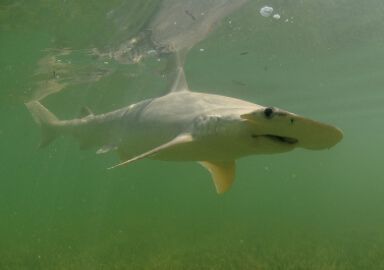 Bonnethead Shark
6 offers
Bonnethead Shark
6 offers
 Bull Shark
12 offers
Bull Shark
12 offers
 Great White Shark
1 offer
Great White Shark
1 offer
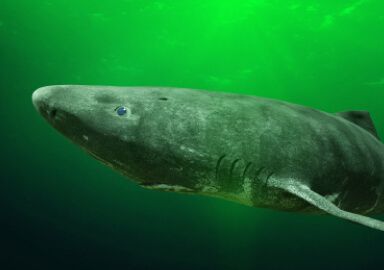 Greenland Shark
1 offer
Greenland Shark
1 offer
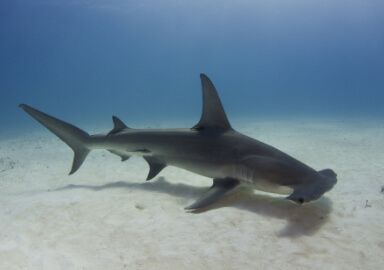 Hammerhead Shark
8 offers
Hammerhead Shark
8 offers
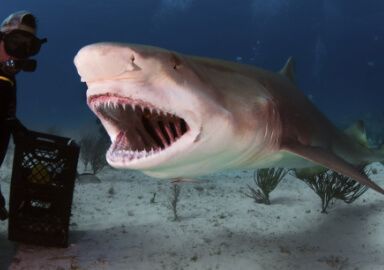 Lemon Shark
3 offers
Lemon Shark
3 offers
 Leopard Shark
1 offer
Leopard Shark
1 offer
 Mako Shark
27 offers
Mako Shark
27 offers
 Porbeagle Shark
2 offers
Porbeagle Shark
2 offers
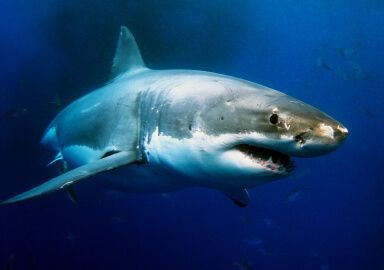 Shark
128 offers
Shark
128 offers
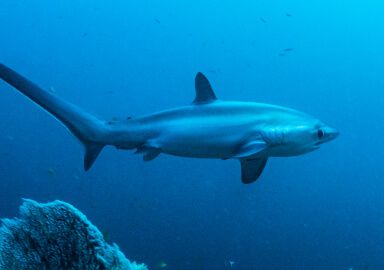 Thresher Shark
4 offers
Thresher Shark
4 offers
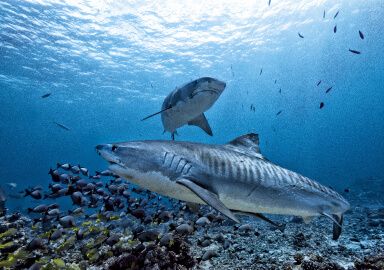 Tiger Shark
10 offers
Tiger Shark
10 offers
 Tope Shark
2 offers
Tope Shark
2 offers







